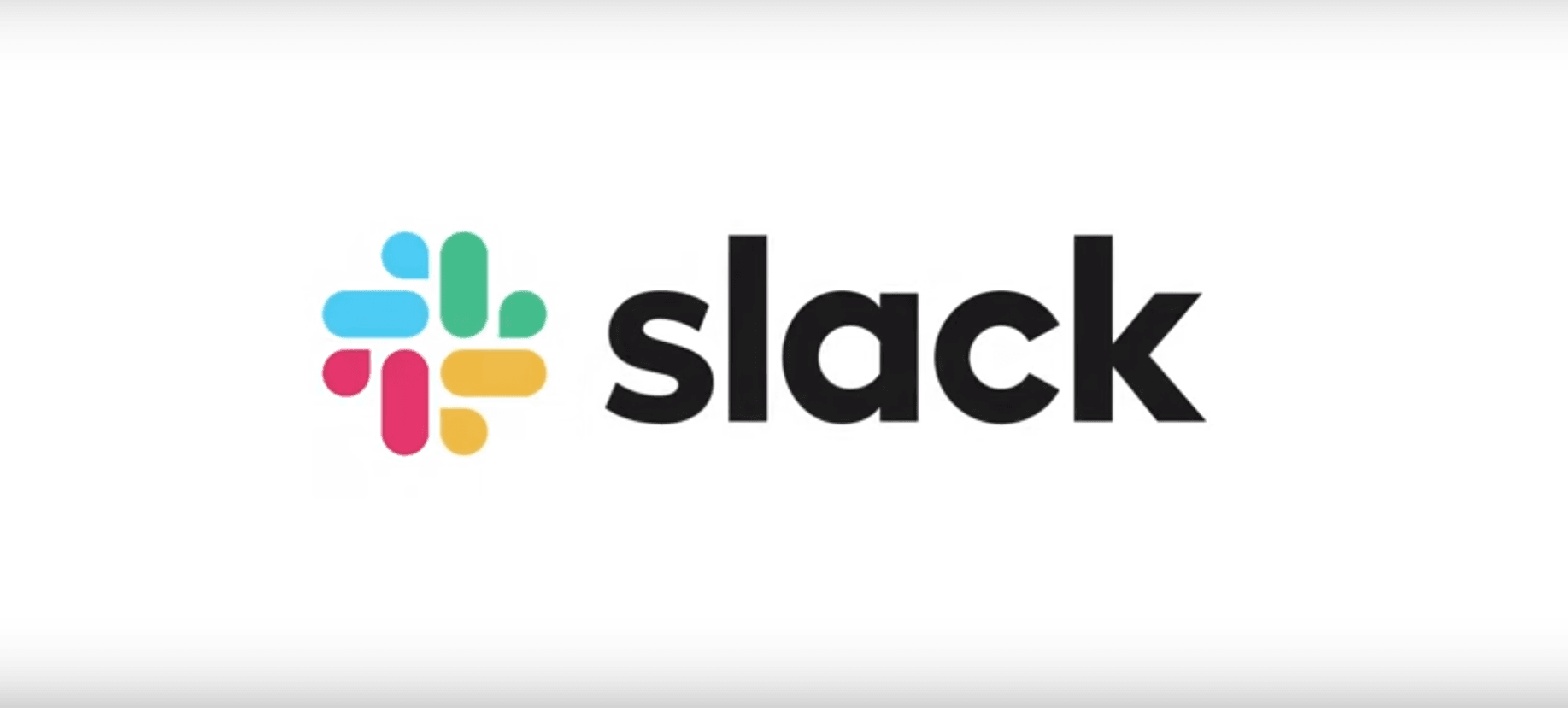I was reading Professor Scott Galloway’s post Search Your Feelings over the weekend, where he beautifully describes how Microsoft is trying to kill Slack. So, I thought of comparing Slack with Microsoft Teams to see how the two business chat apps stack up. In this Slack vs Microsoft Teams comparison, let’s check out how they differ.
Back in 2016, Microsoft wanted to acquire Slack for $8 billion, but Bill Gates and Satya Nadella decided to build Microsoft’s own business chat app instead of buying Slack. In just a few short years, Microsoft Teams has gained more than 13 million users, overtaking Slack which has a little over 10 million users.
Slack vs Microsoft Teams: Pricing
Both of them offer freemium models to get new businesses to start using their services. Slack’s free plan gives you file-sharing, up to 5GB of storage, 10,000 message log, and unlimited public and private channels. There is no limit on message log in Microsoft’s service. Microsoft Teams’ free plan offers 2GB of storage per user, guest access, and screen sharing.
People who want more features can pay for Slack’s Standard Plan which costs $6.67 per month per user. It gives you access to guest access, screen sharing, unlimited app integration, 10GB storage per user, and more. Slack also has a $12.50 per month per user Plus plan which offers additional options for internal integration and support, along with 20GB storage per user.
Microsoft Teams costs $5 per month per user with Office 365 Business Essentials plan, which also includes access to other Office 365 features. The paid version gives you 1TB of cloud storage for the entire business. Microsoft also offers an Office 365 Business Premium plan.
Slack vs Microsoft Teams: User experience
Both chat apps are available on Android, iOS, macOS, and Windows. They also offer a web client. Slack goes a step further to offer Linux support. The user experience is similar on both services. They both have an activity dashboard that shows everything going on in your organization. You’ll see an exclamation mark or red flag if your name is mentioned in a message.
Microsoft offers only three themes – Dark, light, and high-contrast. Slack has a wide range of theme options to let you customize the interface to your liking. Both of them support plain text, tagging, emojis, stickers, GIFs, memes, and file attachments. Microsoft Teams offers integration with GIPHY while Slack has automatic integration with Bitmoji. Teams also has a custom meme generator.
Slack offers integration of up to 10 apps to its freemium users. The paid members have access to all of its over 800 app integrations. In contrast, Microsoft Teams gives even its freemium users access to all apps. However, Microsoft has far lower number of apps than Slack.
Microsoft makes up for the smaller library of apps by tightly integrating Teams into its Office 365 ecosystem. Every app in the Office 365 suite – Word, Meetings, Notes, Excel, OneNote, PowerPoint, SharePoint, Planner, and others – is available to Teams users in custom tab format.
Web conferencing
Microsoft has built Skype right into the Teams software. Teams lets you voice or video conference with up to 250 people, irrespective of your subscription plan. It also allows users to record meetings and share screen with team members. Microsoft also lets users schedule voice and video meetings.
Slack doesn’t support the ability to record meetings. Slack supports a lot of app integrations to let users start voice or video conferences on the go. It offers one-to-one voice or video meetings for free users. The paid users can take advantage of screen sharing and make conference calls with up to 15 people.
Slack vs Microsoft Teams: Bots
Slack users can turn to Slackbot to seek help and find specific information. Slackbot gives you a private chat window where you can send yourself links, try out GIFs or integrations, and ask questions.
Microsoft Teams has two dedicated bots. The T-Bot is there to offer you training videos, answer your questions, and provide the information you need. Then there is the WhoBot, which is built on Microsoft’s Graph AI framework. It answers your queries about specific employees or teams such as their departments, managers, job titles, and more.
Both services allow users to integrate additional bots as well.
Conclusion
Microsoft has surpassed Slack in terms of the number of users, primarily because it already has an installed base of over 1.2 billion Office 365 users. Teams closely ties with Microsoft’s cloud service, Skype, Office, and other tools. It’s a good choice for large corporations that already use Microsoft’s Office 365 tools.
However, the user interface of Microsoft Teams is still not as refined and intuitive as that of Slack. It also offers more app integrations than Microsoft Teams. Slack is more appealing to relatively smaller businesses and startups. It’s also an excellent choice for platform-agnostic teams.





